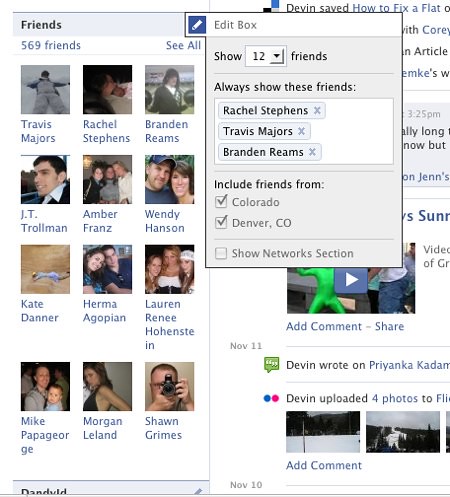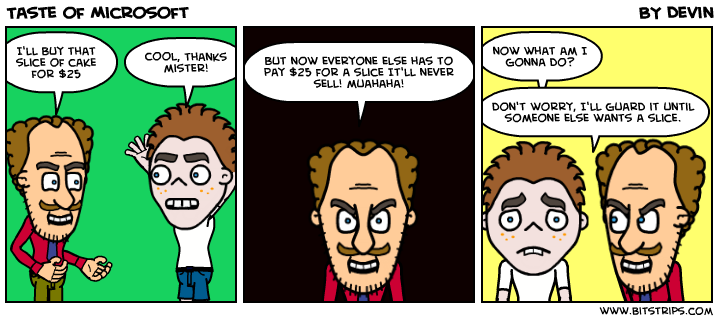
I’ve seen, first hand, the challenges faced when trying to get a group of people together on the internet. I’m a member of a of a number of online communities. I’ve also helped found a few communities. They include:
- 9rules – a group I really wanted to become a part of, the best of the best content
- yopos – something noah and I tried to start (coming again soon!): young professionals
- Twenty Somethings – a group of attractive, witty, smart bloggers all in their twenties
- Employee Evolution – smart professionals guest blogging about work, life, entrepreneurship
- Brazen Careerist – the natural extension of EE, network of existing and new bloggers about the above
- BarCamp/New Tech – online and offline, meetup with some local nerds
- SXSW/CommunityNext – organized events/conferences around a community
- AKPsi – offline, but 50+ college students with an interest in business (VP/President)
- Two other college clubs – again, offline but a good look at how people interact
And I’ve done tons of observation of popular online groups (FlyerTalk, Zen Habits, Get Rich Slowly, I Will Teach You To Be Rich). Here are my top three lessons learned.
Existing community must already be strong
When I say strong you need to have an extreme amount of quality or quantity. A little of each will not be sufficient.
Employee Evolution and 9rules attracted people because of the high quality–they both grew very quickly. On the other hand, yopos sought out to do the same and, I admit, consistent quality wasn’t there (and we didn’t have the numbers either).
In college, AKPsi was one of the largest groups in the business school (100+) and because of that it kept attracting more and more people (network effect). Once our numbers started to drop off we had to quickly focus on quality or else we’d get stuck in mediocrity. Unfortunately, that’s exactly what happened. We had generations of mediocrity in the group, as the numbers diminished even they left. By the end of my college career the group dropped to a quarter of it’s original size. The same happened with two other groups–when the strength dwindled, the community failed.
Without the quality or quantity it’s very hard to do anything. You could take five very talented people and create something amazing. If you have 100 people, odds are you will find some great, active, and interesting people worth sticking around for.
People always talk about meeting up, rarely do
It must be how we are hard-wired as humans, but no matter what your group is–people will want to meet in person. People will try to organize and coordinate these events but they rarely happen. Even in college, where we met as a group every week, it was challenging to have people commit to anything outside of something we’ve already structured for them.
Lucky for the internet there are groups like the SXSW coordinators who will put on an event for everyone to go to. But even with 9rules we never saw any official “get togethers” no matter how often it was brought up. I’ve seen the same start over at Brazen Careerist and I question what will come from the discussions (I have a good idea, though: nothing).
Some obvious exceptions to the rule are groups like BarCamp. These still usually require a big investment from one or two people (and that’s it). If you want something to happen you have to take the initiative yourself at first. Then, make sure you have the strong community to help in the future (see previous point). People usually need to see value first.
Now, the inverse of this is also true: people love to participate a lot in the beginning. Say you open up a forum: people will chat about anything and everything they think of on day one. By day ten they have less to talk about, less to reply to. The challenge here, depending on your group, is maintaining participation and having people come back (quality and quantity help).
There are key participants, focus on them
No matter where you go, one will notice the “key” players. Especially in a discussion environment like a forum. Within five minutes of surfing FlyerTalk it was clear who knew what they were talking about and was respected by the group. When I started yopos there were a few guys who were very eager and I didn’t have them time to focus on them and empower them to help with the community. Lesson learned.
CommunityNext had a ton of people show up and a lot of it was due to key figures. Get them involved, get them in your group and make sure people know about them. One of my favorite stories was watching Hiten Shah try to fix the wireless network at Stanford. People noticed him working on it and one or two people stopped and offered to help.
What about you? Do you agree or disagree? Have you learned anything worth sharing?
PS: I’ve been working on updating and consistent-ifying my look. Click through to devin reams and let me know what you think. Oh, and be sure to tell your friends about my services.









